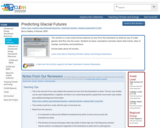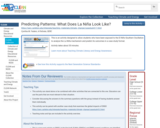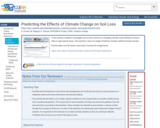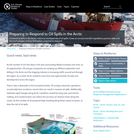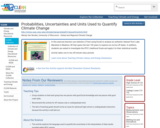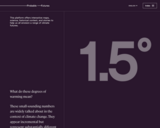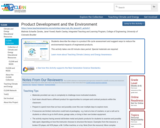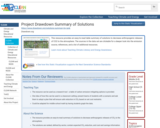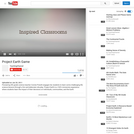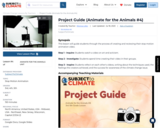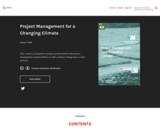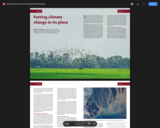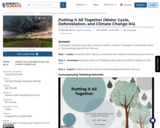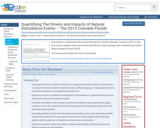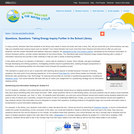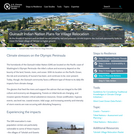SYNOPSIS: In this lesson, students learn about extreme weather, create an infographic, …
SYNOPSIS: In this lesson, students learn about extreme weather, create an infographic, and educate others on the knowledge gained from this unit.
SCIENTIST NOTES: This lesson allows students to understand the difference between weather and climate, the important variables that cause changes in weather, how weather and climate are predicted, the impact of weather extremes on the climate, and how human activities have accelerated wildfires, disrupted the water cycle, and caused other erratic weather disturbances in their communities. They would be able to explore which weather events are frequent and the overall combined impacts. All materials were rigorously reviewed, and this lesson has passed our science credibility process.
POSITIVES:
-Students participate in multiple interactive and hands-on learning activities to engage in kinesthetic, auditory, and visual learning.
-Students have an opportunity to share their growth and knowledge throughout the unit with other students and community members.
ADDITIONAL PREREQUISITES:
-This is lesson 4 of 4 in our 6th-8th grade Water Cycle, Deforestation, and Climate Change unit.
-Teachers need to determine how to choose the best course of action for sharing student learning. Options include the following:
-Class vote
-Teacher predetermines based on their best judgment
-Student panel is created
-Different groups choose different courses of action
DIFFERENTIATION:
-Students may use the Emotions Board for vocabulary support as they watch the videos in the Inquire section
-At the end of the unit, a classroom gallery walk is recommended.
-Some ideas for extensions at the end of the unit include:
-Inviting other classes in for a gallery walk
-Hosting a community night where community members can be educated on what students have learned in the unit
-Mailing student materials to different leaders in the community, particularly leaders that are in charge of the local water sources
